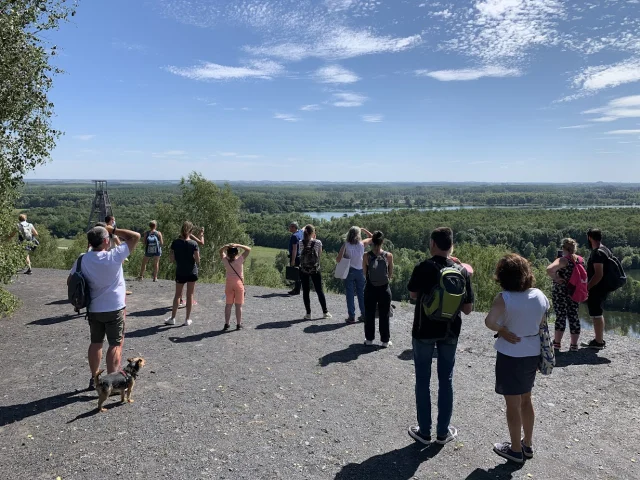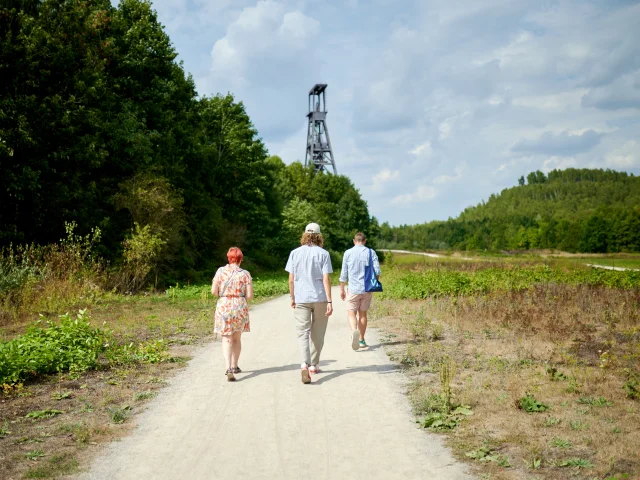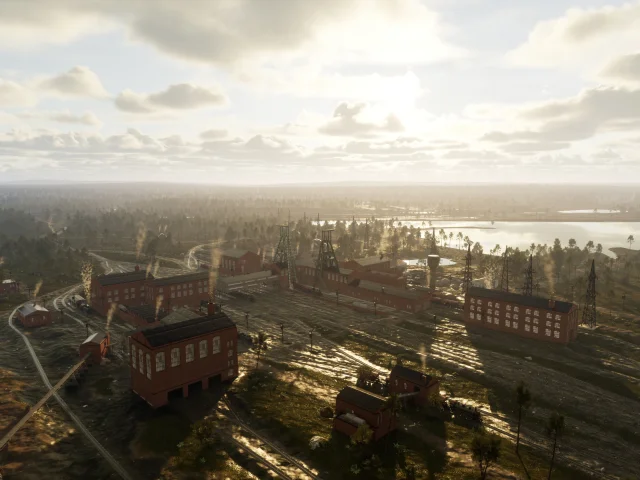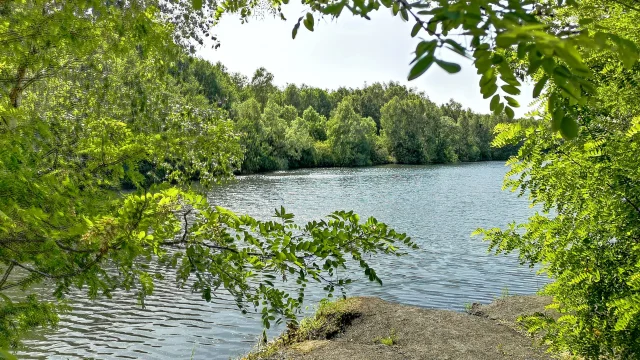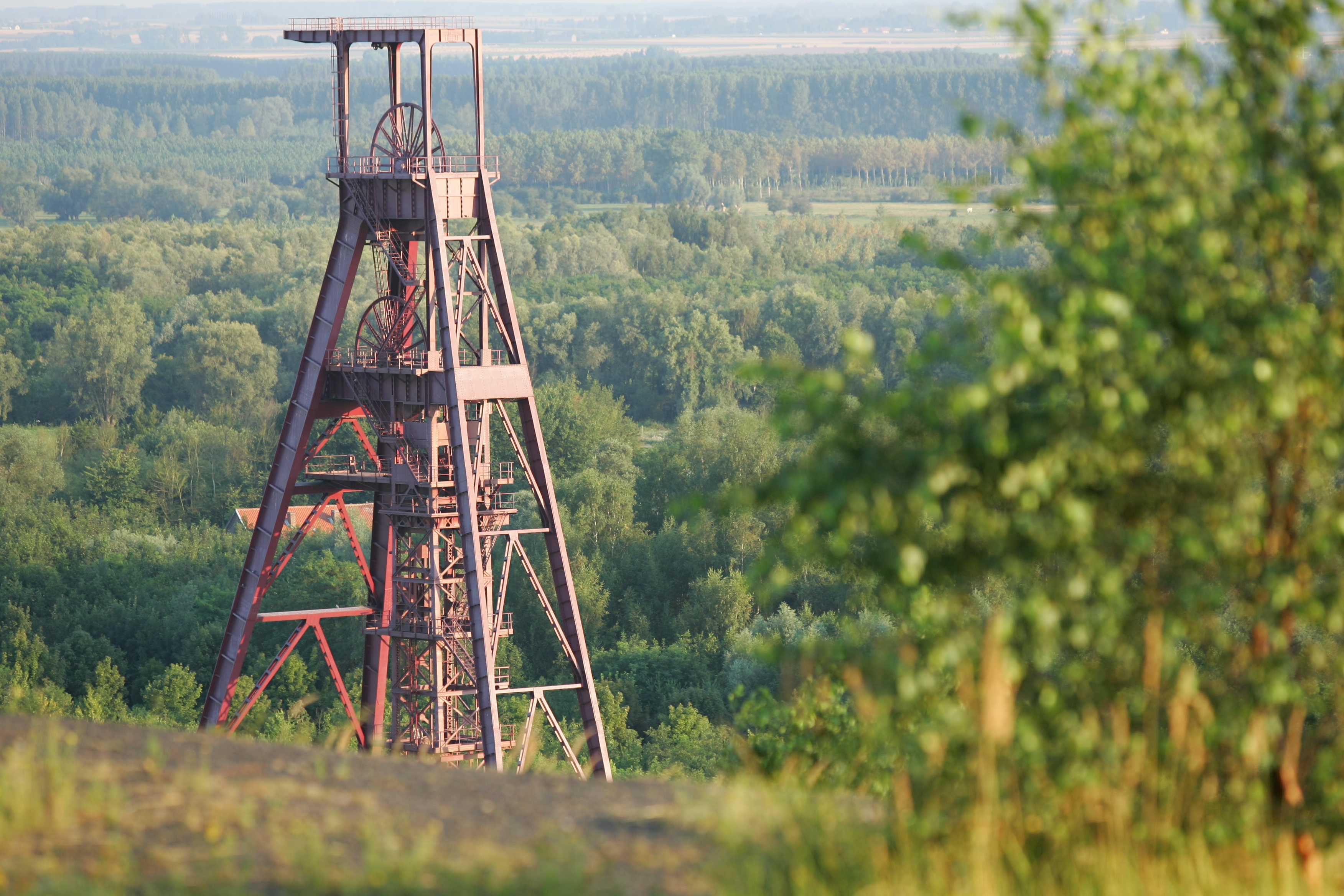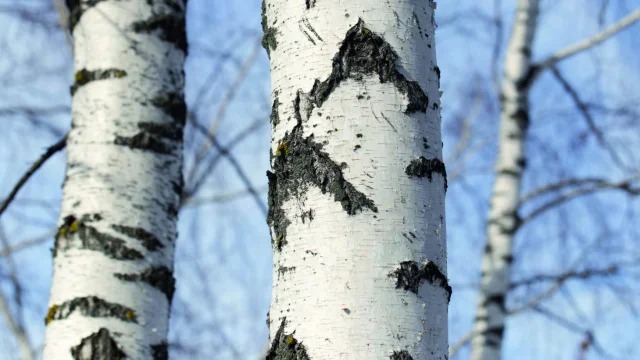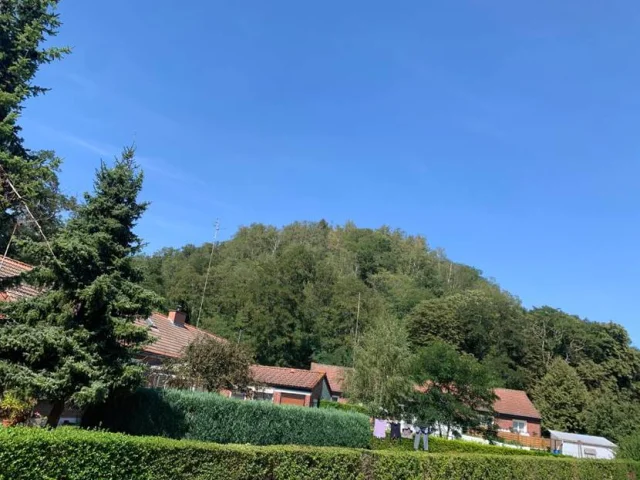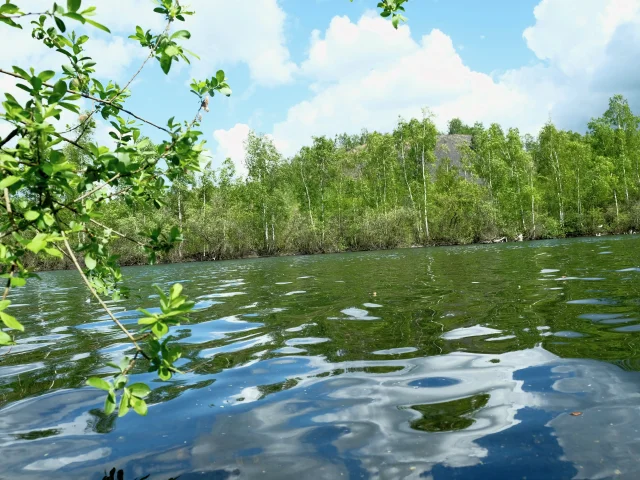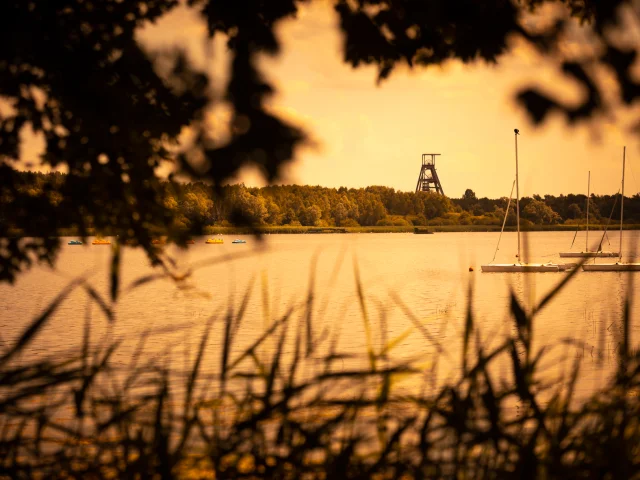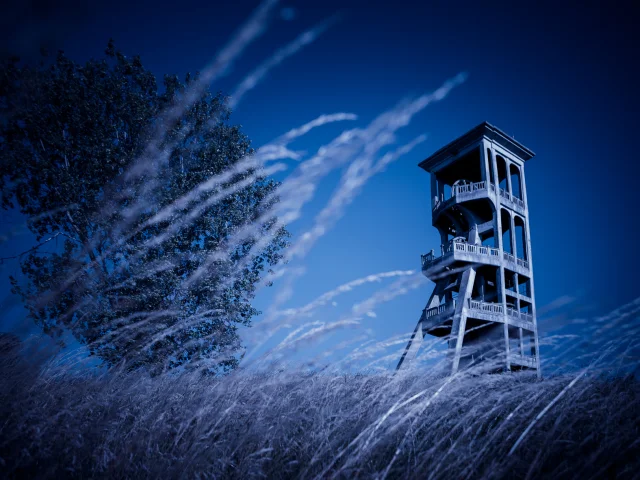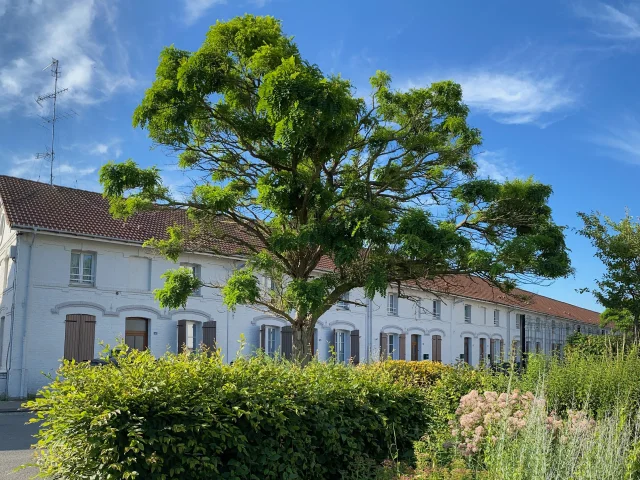The classification into “generations” is a simplified representation that helps to understand the formation of slag heaps, even if some are the result of a succession of techniques.
FIRST GENERATION SPOIL HEAPS
9 1st generation spoil heaps are classified.
At the start of mining in 1720, miners left waste rock in the galleries. From the 1800s onwards, advances in mining techniques enabled more material to be brought up and sorted on the surface. The first slag heaps appeared, in the form of small tabular heaps 10-30 m high, with gentle slopes. They were built by human and animal power (baskets, towed wagons) close to the pits, and many have now disappeared (mined out or covered by more recent slag heaps).
SECOND-GENERATION SPOIL HEAPS
20 2nd generation spoil heaps are classified.
They appeared at the end of the 19th century. Their conical shape enabled them to store more material while limiting the consumption of agricultural land. They were erected mechanically, by railcars pulled by a winch along a loading ramp (rails). Medium-sized, they do not exceed 65 m in height.
THIRD-GENERATION TIPS
15 3rd generation spoil heaps are classified.
They appeared at the end of the 20th century. At that time, the construction of conical tips using loading ramps remained widespread, but the use of cable cars as conveyors was introduced at the same time. Material was dropped between two pylons, forming a succession of large conical spoil heaps that gradually merged. The cableway was gradually abandoned, as its operation could not keep pace with post-World War II mining.
FOURTH-GENERATION TIPS
18 4th generation tips are listed.
They appeared with nationalization (1946), in the context of the post-war period and the intensification of coal mining. The concentration sites produced large modern slag heaps. The new construction system, which uses skips pulled along a ramp on rails, has created voluminous conical heaps. The skips dumped their contents at the top of the slag heap, on the opposite slope, or into mobile metal chutes that spread the material over the slopes, creating spiky micro-reliefs. When the desired height was reached, the slag heap was widened in successive arcs, following the movement of the conveyor.
FIFTH-GENERATION HEAPS
16 5th-generation slag heaps are classified.
Built in parallel with generations 3 and 4, they are often extensive and tabular in shape. They were generally built on uncultivated farmland, such as valleys and wetlands, which were too soft to support the load of conical slag heaps (threat of subsidence and landslides). These spoil heaps were built using conveyor belts or railway conveyors with locomotives pulling hoppers. As the slag heaps progressed by moving the rails, this construction left a fan-shaped imprint on the plateau, rather like the striations on a scallop shell.

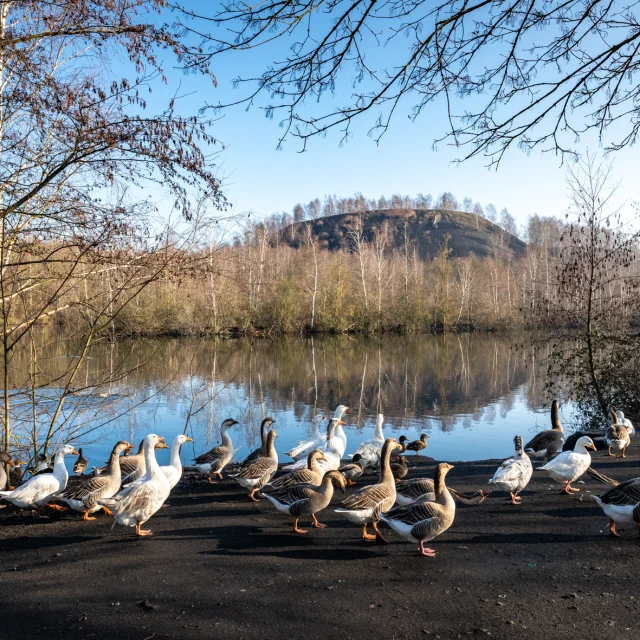
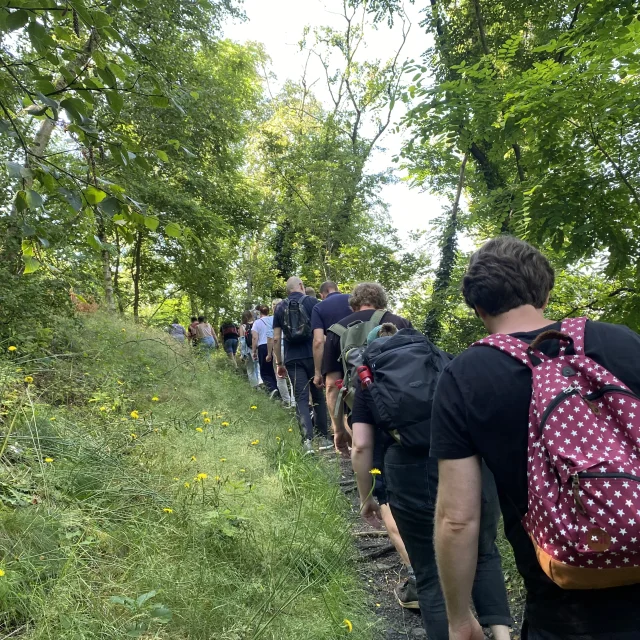 Climbing the Terril Bleuse Borne in Anzin
Climbing the Terril Bleuse Borne in Anzin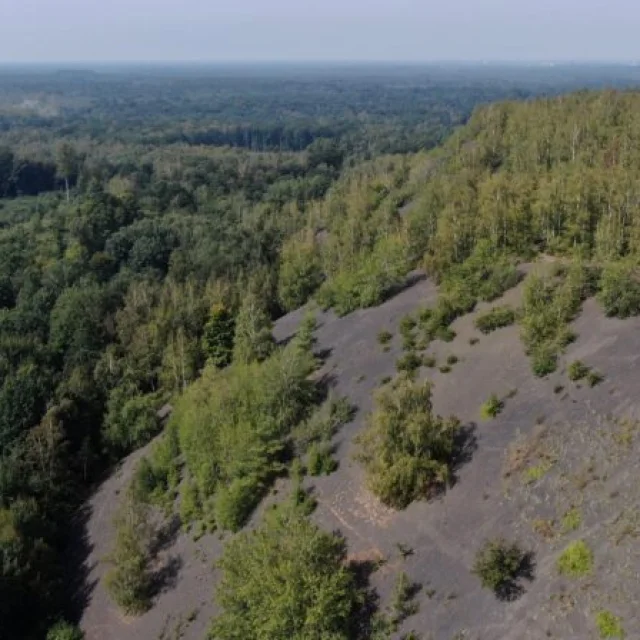 Raismes Terril Foret
Raismes Terril Foret


